Locate, Identify, Safeguard:
SOCOTEC's Role in
Minimising Risk to
Critical Utilities During
Construction Works
Utility surveys provide a clear understanding of the existing assets within the planned construction zone from the outset. This knowledge can allow either for design alterations to avoid them entirely, or – if design changes are not possible and invasive works are required close to existing utilities – it can help to identify assets which require further investigation and monitoring to minimise impact as construction progresses.
Preventing indirect damage to assets with monitoring
There are risks involved in any construction project, and the uncertainty of the ground’s behaviour and the impact that this can have on existing third-party assets is one significant risk which can be greatly reduced through geotechnical and structural monitoring.
Excavation work is often a fundamental part of most construction projects. When excavating a site, stresses within the underlying and surrounding soils are changed, and this can have an impact on adjacent buried assets, such as pipes, cables or tunnels. Therefore, before works can begin, contractors must establish the location of third-party assets and understand the composition of the soils surrounding those assets. This data is used to predict how the ground above and adjacent to an asset is likely to behave as construction advances, as well as what damage this might induce.
Monitoring direct and indirect parameters such as strain, deformation, displacement and vibration warns of any likely damage, allowing contractors to make informed decisions to minimise risk to the assets, the project’s budget and programme and, most importantly, to people.
The main benefits of this best-practice approach to monitoring include:
- Avoiding overly conservative design approaches when related to the possible impacts to an asset – in some cases, monitoring can help identify where construction rates can be increased or when invasive works can be carried out closer to an asset. Having access to near real-time monitoring data allows contractors to make informed decisions about the progression of a project, which can positively impact timescales and budget
- Understanding what normal looks like – prior to any works taking place, baseline monitoring helps to determine suitable trigger limits so that only changes that are outside of the norm are reported and actioned
- Confidence – asset owners can have peace of mind knowing that the works are not posing a risk to their assets and that their customers will not have their essential services – such as gas, electricity and water – interrupted.
As aforementioned, underground utility detection technology and processes are the key to avoiding damage to utility assets, as they are able to locate and identify all underground utilities in the vicinity of any construction works. Carrying out excavation and construction works in close proximity to existing utility assets is often unavoidable, especially when developments are taking place in densely packed urban environments. To ensure the influence of these works on third-party assets is kept to a minimum acceptable level, geotechnical and structural monitoring is required to predict the behaviour of the surrounding ground and the indirect consequences of any movement to utilities assets.
If you would like to speak to SOCOTEC regarding any of the above utility detection services, please get in touch.

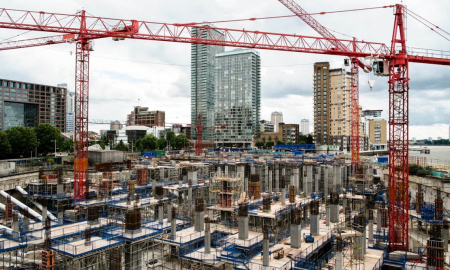
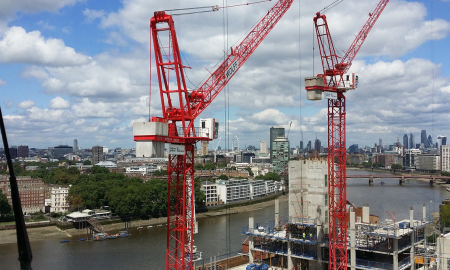
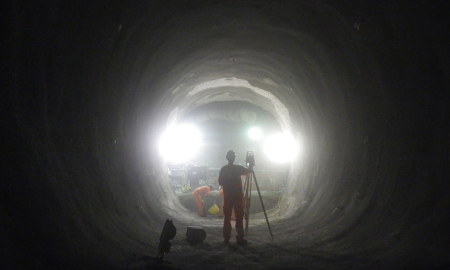
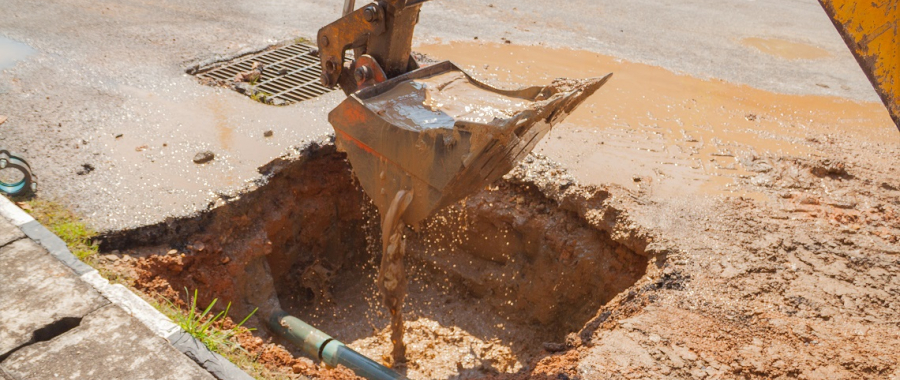
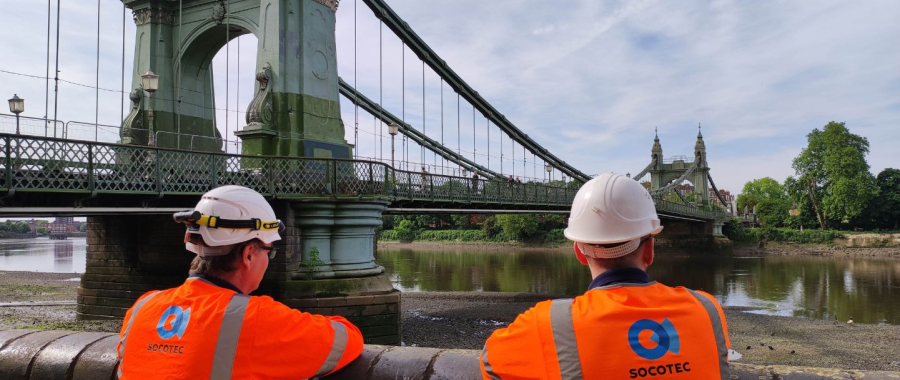
Add new comment